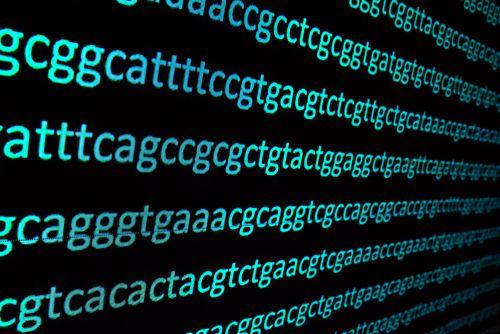The first human genome was published at the beginning of 2000. The scientific community was in agreement at the time that they, in conjunction with industry, should set a specific target: the '1,000 dollar genome'. If a genome read would only cost 1,000 dollars, it would become feasible to make it available to all patients and thus offer better and more personalised treatment. This target has now been achieved. However, ‘cheap’ sequencing on its own proved not to be enough; converting data into knowledge or useful information is a critical next step, which requires a lot of computing power and data storage. This makes the analysis of genome data still too expensive and time consuming (up to several weeks).
Research groups and companies in Belgium have now taken up this genome analysis challenge resulting in the GAP platform, a unique hardware and software platform that combines cloud and local computing power and data storage. It makes the sequencing and analysis of the complete genome affordable for hospitals, not only for research purposes (for which it was used previously), but also for the treatment of patients in day to day practice.
Once you have a complete picture of what is happening in the body of a newborn baby by having access to the complete genome chart and by finding an indication of genome abnormalities, better decisions can be made concerning appropriate treatment.Prof. Joris Vermeesch - geneticist centre human genetics
Rare diseases
The GAP platform consists of local hardware provided by Western Digital (ActiveScale™ and NVMe™ SSDs) and a cloud solution provided by BlueBee. Optimised genome analysis software runs on the platform, which uses a unique method to distribute the work in a flexible and transparent manner between the local rack (in the hospital) and the cloud. The total output of a sequencing machine (48 genomes) can be processed on the GAP platform in only 48 hours. As a result the sequencing and analysis of genomes only takes 4 days, a record time. Agilent, one of the project partners, has already incorporated the hybrid platform solution into a first product, which is being tested at UZ Leuven and the centre for human genetics at KU Leuven with a view to providing improved treatment to patients.
Prof. dr. Joris Vermeesch of the centre for human genetics: “The sequencing of the complete genome of patients is important in the case of rare diseases - we treat approximately 1,000 patients every year – and for newborns when decisions have to be made about their treatment. Once you have a complete picture of what is happening in the body of a newborn baby (by having access to the complete genome chart and by finding an indication of genome abnormalities), better decisions can be made concerning appropriate treatment. The same applies to prenatal surgery. Going forward, when genome sequencing and analysis will become even cheaper and faster, a complete genome analysis for each patient might even become feasible."
